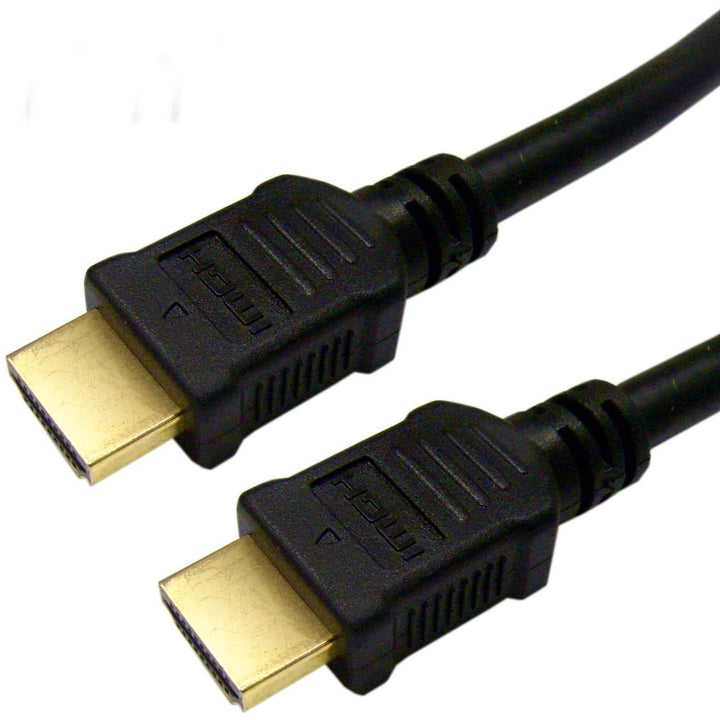Understanding HDMI Standards: A Guide to Maximum Resolutions

High-Definition Multimedia Interface (HDMI) has become the standard for transmitting high-definition video and audio between devices. With multiple versions released over the years, it's essential to understand the differences between HDMI standards, particularly in terms of the maximum resolutions they support. This guide will walk you through the various HDMI standards and their capabilities.
HDMI 1.0 to 1.2a: The Beginning of HD
HDMI 1.0 was introduced in 2002, capable of supporting a maximum resolution of 1920x1080p at 60Hz, commonly known as Full HD (FHD). This was a significant step forward, enabling high-definition content transmission with a single cable.
HDMI 1.1 and 1.2 brought minor updates, such as support for DVD Audio and the addition of the One Bit Audio format used on Super Audio CDs. However, the maximum resolution remained unchanged at 1080p.
HDMI 1.3 to 1.4: Enhanced Color Depth and 3D Support
HDMI 1.3 (2006) introduced significant improvements, including higher bandwidth (up to 10.2 Gbps) and support for Deep Color, which allowed for billions of colors. This version could handle resolutions up to 2560x1440p at 60Hz.
HDMI 1.4 (2009) was a major leap forward, introducing support for 4K resolutions (3840x2160p), but only at 24Hz or 30Hz, which is suitable for film playback but not for fast-moving video. Additionally, HDMI 1.4 added support for 3D content and the Audio Return Channel (ARC), which simplified audio setups by allowing audio to be sent both ways along the HDMI cable.
Reseller? Sign Up To Our Newsletter!
HDMI 2.0 to 2.0b: 4K at Higher Frame Rates
HDMI 2.0 (2013) significantly increased bandwidth to 18 Gbps, allowing for 4K resolution at 60Hz, making it suitable for high-definition gaming and fast-paced video content. It also introduced support for up to 32 audio channels, providing an immersive audio experience.
HDMI 2.0a and 2.0b added support for High Dynamic Range (HDR) video, which offers better contrast, brightness, and color depth, enhancing the overall viewing experience. The maximum resolution remained at 4K 60Hz, but the visual quality saw a substantial improvement due to HDR.
HDMI 2.1: The Era of 8K
HDMI 2.1 (2017) brought the most significant advancements in HDMI technology. With a bandwidth increase to 48 Gbps, it supports resolutions up to 10K (10240x4320p) and 8K (7680x4320p) at 60Hz, as well as 4K at an impressive 120Hz. These capabilities make HDMI 2.1 ideal for future-proofing your entertainment setup, ensuring compatibility with upcoming high-resolution content and devices.
HDMI 2.1 also introduced support for Dynamic HDR, Variable Refresh Rate (VRR), Quick Media Switching (QMS), and Enhanced Audio Return Channel (eARC), further enhancing both video and audio performance.
Understanding the different HDMI standards and their maximum resolutions is crucial for selecting the right cable and equipment for your needs. Whether you're setting up a home theater, gaming system, or professional display, knowing the capabilities of each HDMI version ensures you get the best performance possible. As technology continues to advance, staying informed about these standards will help you keep up with the latest in high-definition audio and video.
By knowing the limits and benefits of each HDMI standard, you can make informed decisions that enhance your viewing and listening experiences, ensuring you get the most out of your devices.










